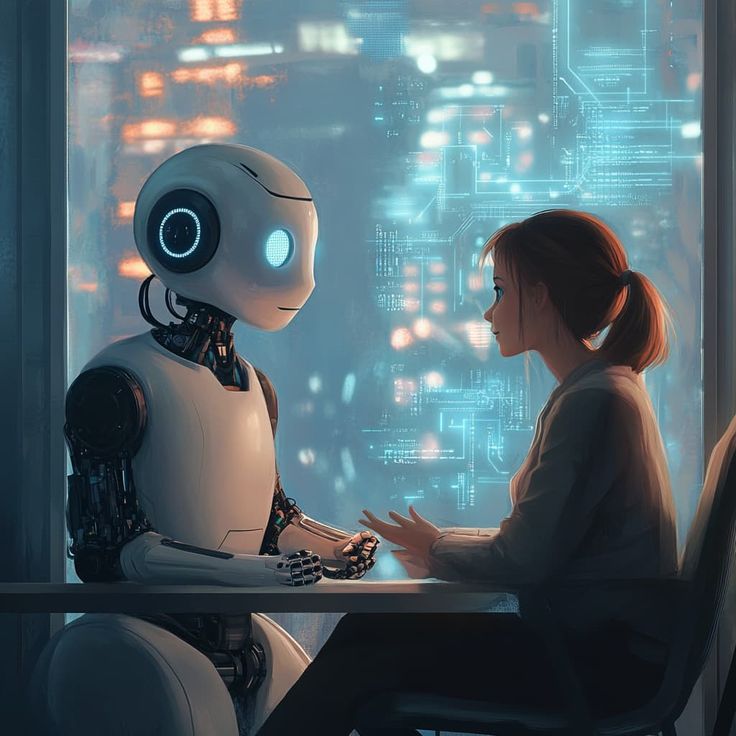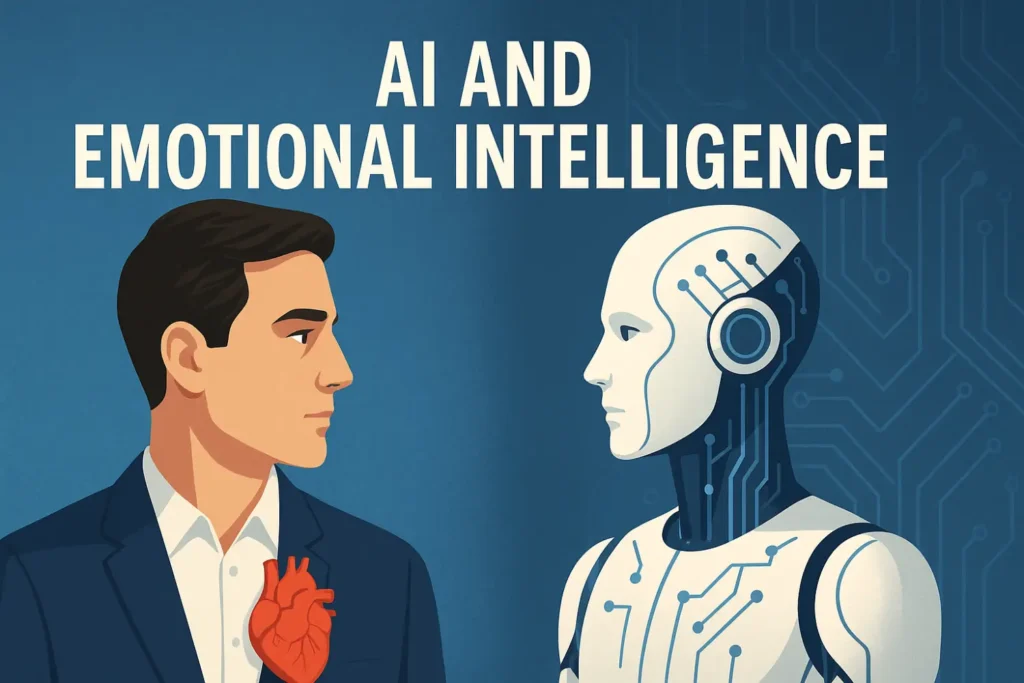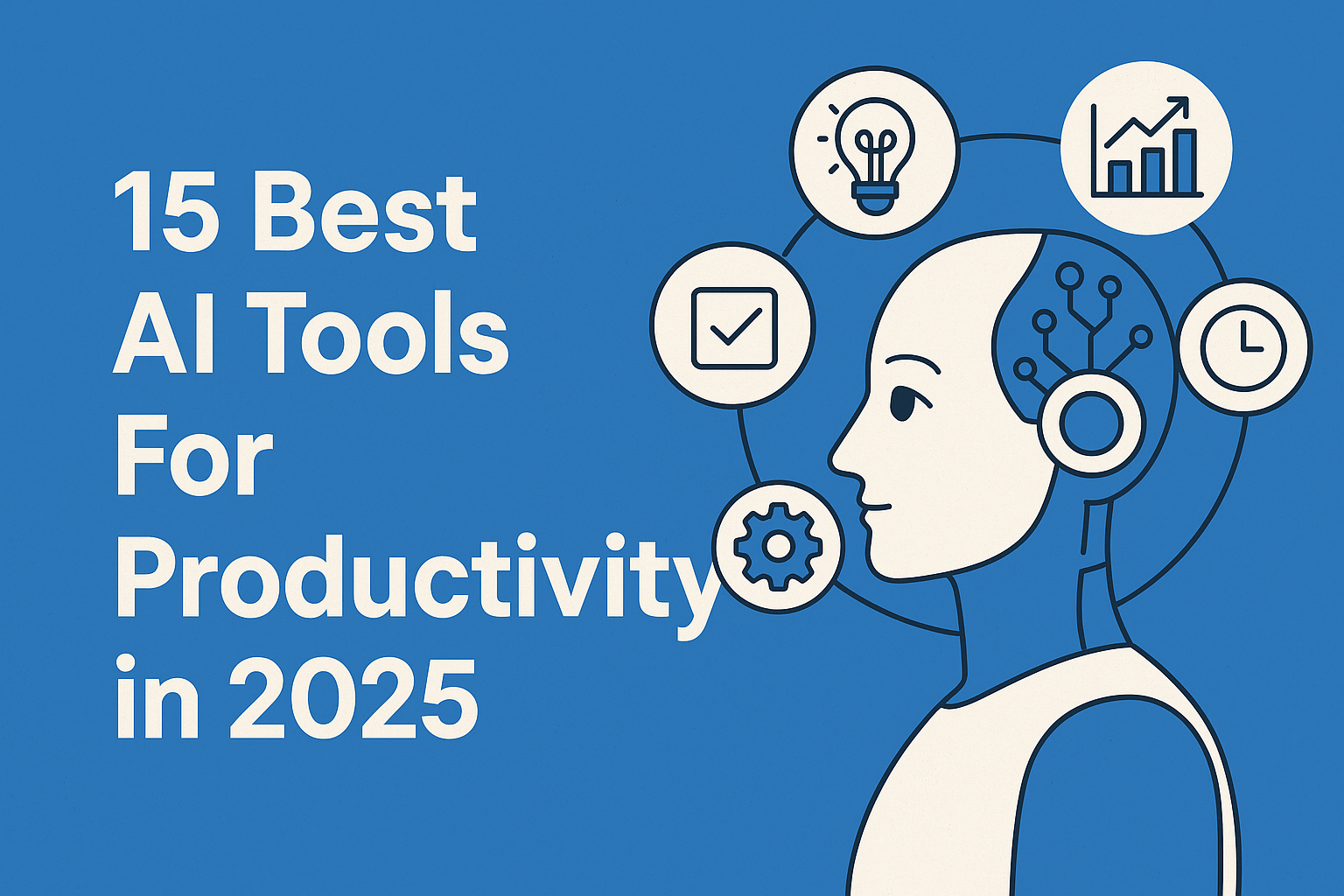AI and Emotional Intelligence: As artificial intelligence becomes more advanced, a fascinating question arises: Can machines understand or replicate emotional intelligence? While AI can analyze voice tones, detect facial expressions, and even respond with what feels like empathy, emotional intelligence is far more than just pattern recognition. It’s deeply human—and that makes all the difference.
In this post, we explore the difference between real emotional intelligence and simulated AI behavior, and why emotional intelligence still remains a uniquely human strength.
What Is Emotional Intelligence?
Emotional Intelligence (often referred to as EI or EQ) is the ability to recognize, interpret, and manage not only our own emotions but also the emotions of others. It involves empathy, self-awareness, social skills, motivation, and emotional regulation.
For example:
- Noticing a friend’s subtle change in tone during a conversation
- Managing anger before it leads to a heated argument
- Comforting a colleague during a tough time
These are actions rooted in understanding, personal experience, and real-time emotional processing. And this is where AI still has a long way to go.

How AI Simulates Emotional Responses
AI today can be trained to recognize emotional cues through Natural Language Processing (NLP), sentiment analysis, and facial expression detection. Tools like ChatGPT can craft polite, warm, or even sympathetic responses. Virtual assistants can detect frustration in your voice and adjust their tone. Emotion-detection software can analyze your facial expressions and interpret your mood.
However, these abilities are simulations—intelligent predictions based on massive datasets.
The process looks like this:
- AI analyzes your voice/text/image
- It matches the input against known emotional patterns
- It generates a pre-trained or calculated response
The goal? To make the user feel understood—even if there’s no understanding behind the curtain.
Why AI Can’t Truly Feel or Empathize
Here’s the catch: AI doesn’t have emotions. It can recognize patterns and mimic emotional responses, but it lacks:
- Self-awareness
- Lived experiences
- Moral reasoning
- Authentic empathy
When a human says, “I understand what you’re going through,” it often comes from personal history or shared emotional experience. AI, in contrast, draws from a dataset.
This doesn’t mean AI has no value in emotional contexts. In fact, it can be incredibly helpful—especially when used to support human interaction, not replace it.
The Power of Human Emotional Intelligence
There are many areas where emotional intelligence plays a key role:
- In healthcare, where a doctor’s tone and presence can affect a patient’s recovery
- In leadership, where understanding team morale drives success
- In education, where teachers adjust based on student behavior
Humans can pick up on things AI simply cannot: body language, silence, subtle hesitations, or even changes in energy. We don’t just respond—we feel, we adapt, we intuit.
That’s the core of emotional intelligence: conscious connection, not just accurate prediction.
How AI and Human EI Can Work Together
Although AI can’t replicate true emotional intelligence, it can enhance how we use our own. Here are some real-world use cases:
- Therapists use emotion-tracking software to monitor patient progress over time
- Teachers use AI-based tools to detect student engagement and stress levels
- Customer service teams use sentiment analysis to tailor responses more thoughtfully
In each of these examples, AI supports—but doesn’t replace—the human touch.
The best outcomes happen when AI amplifies human emotional intelligence, not imitates it.
Conclusion: Keep It Real
AI has made tremendous strides, but it still lacks the emotional depth, ethical reasoning, and lived experience that define human emotional intelligence.
So, while it’s tempting to rely on chatbots or virtual assistants to simulate warmth, we must remember: Real empathy is irreplaceable. It’s born from vulnerability, memory, and intention—not code.
In the future, success won’t come from choosing between AI or human emotion. It will come from using technology to enhance our emotional intelligence, not replace it.
Keep the tech sharp, but keep your empathy sharper.




